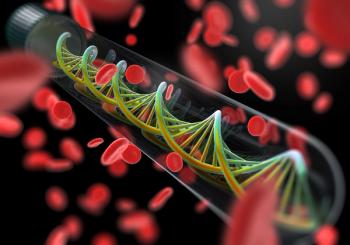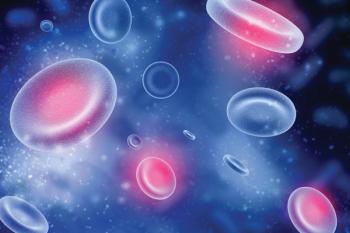
A Strong Network of Clinicians Makes Cancer Care More Efficient
Having all the necessary staff together, from medical oncologists to pharmacists, helps deliver the best possible outcomes to patients with cancer.
In May 2025, the Hackensack Meridian Health JFK University Medical Center opened a new cancer center in Edison, New Jersey.1 At the opening ceremony, CancerNetwork® spoke with Andrew Curran, MBA, vice president of oncology service lines at JFK University Medical Center, about how this new site may be optimal for multidisciplinary cancer care.
When prompted about how leadership can encourage and support collaboration between multidisciplinary clinicians, Curran highlighted how the building brings everyone—including medical oncologists, surgeons, radiation oncologists, palliative care physicians, and pharmacists—together. The proximity and enhanced communication may help with making real-time decisions faster so that patients with cancer receive the best care possible.
When prompted on several causes of the recent rise in workplace burnout among oncologists, such as administrative tasks dealing with electronic health records, Curran spoke about how maintaining a good network infrastructure and central resources can alleviate that issue.2 He specifically mentioned a behind-the-scenes workforce that deals with insurance companies and works with patients to help ensure that they get everything they need.
Financial counseling, for example, is one offering of the new cancer center that can help keep a physician more focused on caring for the patient while keeping the patient informed about any resources that may be of assistance to them during their treatment.
Transcript:
Another great thing about this building is [that we’re] bringing the surgeons, the medical oncologists, the radiation oncologists, even the palliative care physicians, the pharmacy, and the laboratory [together]; it’s all onsite at 80 James Street now. All the physicians who are treating [patients] for [their] cancer can collaborate and make the best decision, in real time, for what [they] need to deliver the best outcome.
You need to have a good network infrastructure. Here at Hackensack, we have a lot of central resources…. One of the big interactions in oncology is working with preauthorization for payments for the care that we want to provide. We want to make sure that the physicians select the right care. Behind the scenes, we have a large workforce to interact with the insurance companies and with the patients [to find out] what is necessary from a financial counseling perspective and make sure that the physicians can deliver the care that they want for patients at the right time, in the right setting, and at the right amount.
References
- Hackensack Meridian Health expands cancer services with new facility at JFK University Medical Center. News release. Hackensack Meridian Health. May 2, 2025. Accessed May 7, 2025. https://tinyurl.com/3p9wjd2u
- Schenkel C, Levit LA, Kirkwood K, et al. State of professional well-being, satisfaction, and career plans among US oncologists in 2023. J Clin Oncol. Published online January 29, 2025. doi:10.1200/OA.24.00010
Newsletter
Stay up to date on recent advances in the multidisciplinary approach to cancer.






















































































